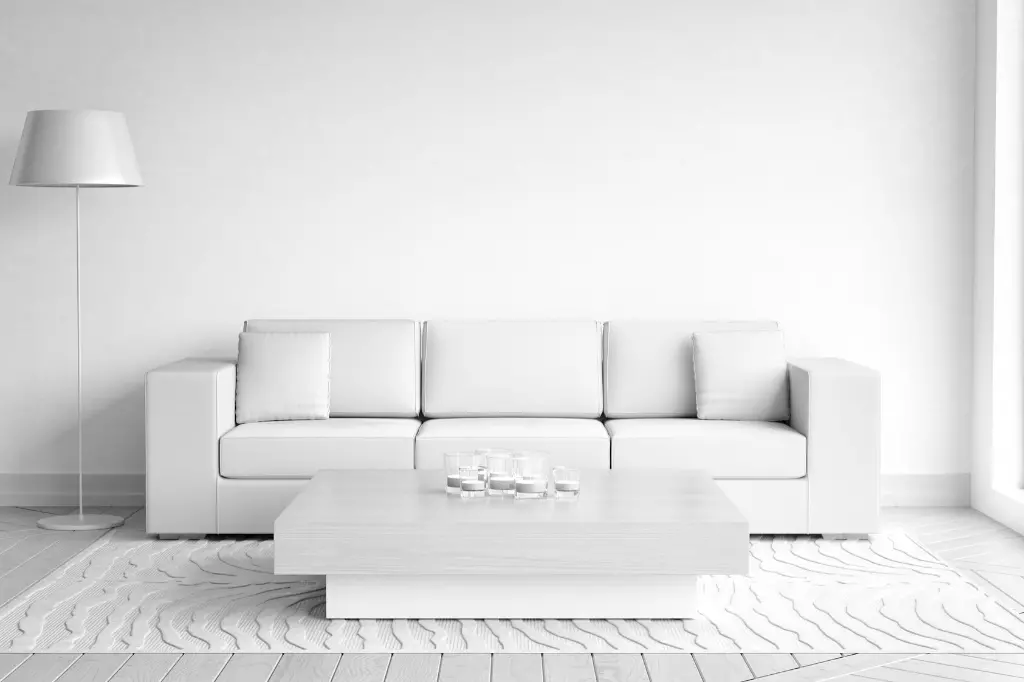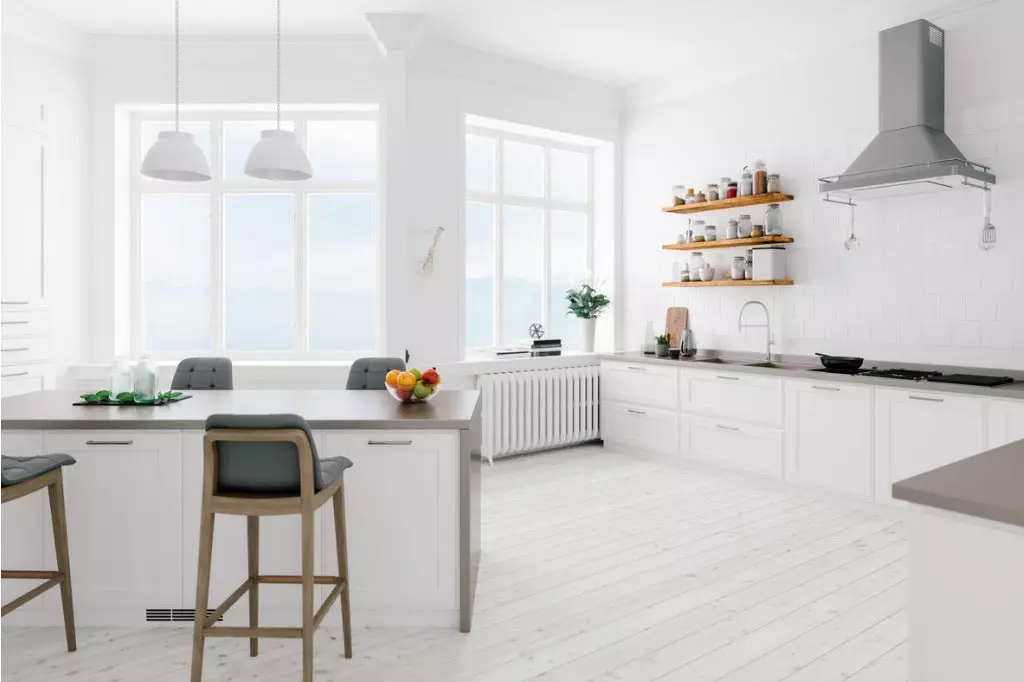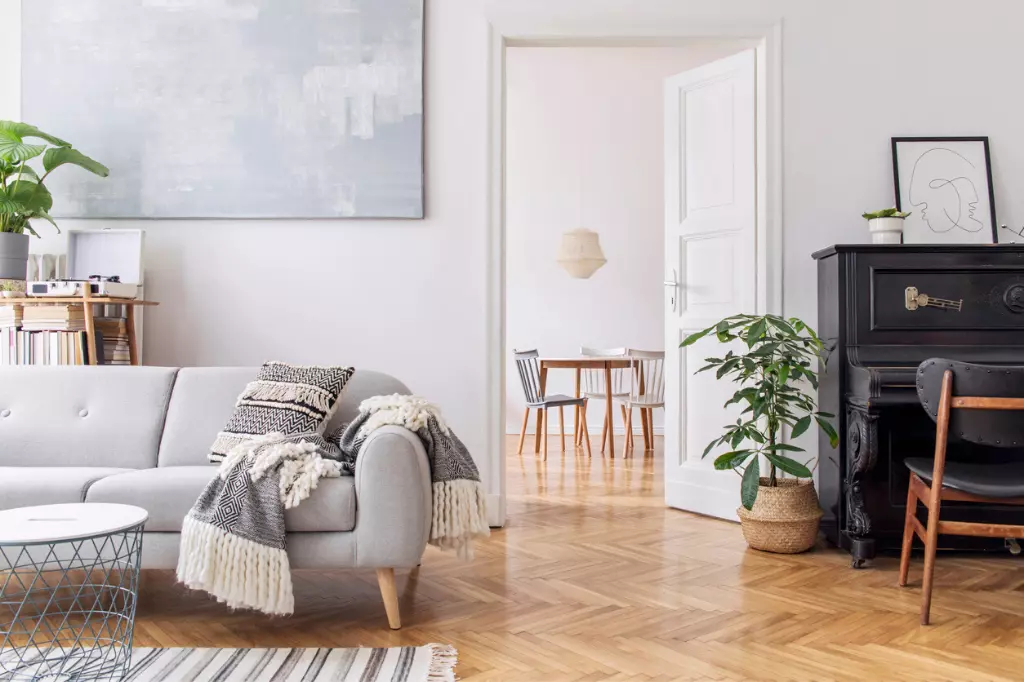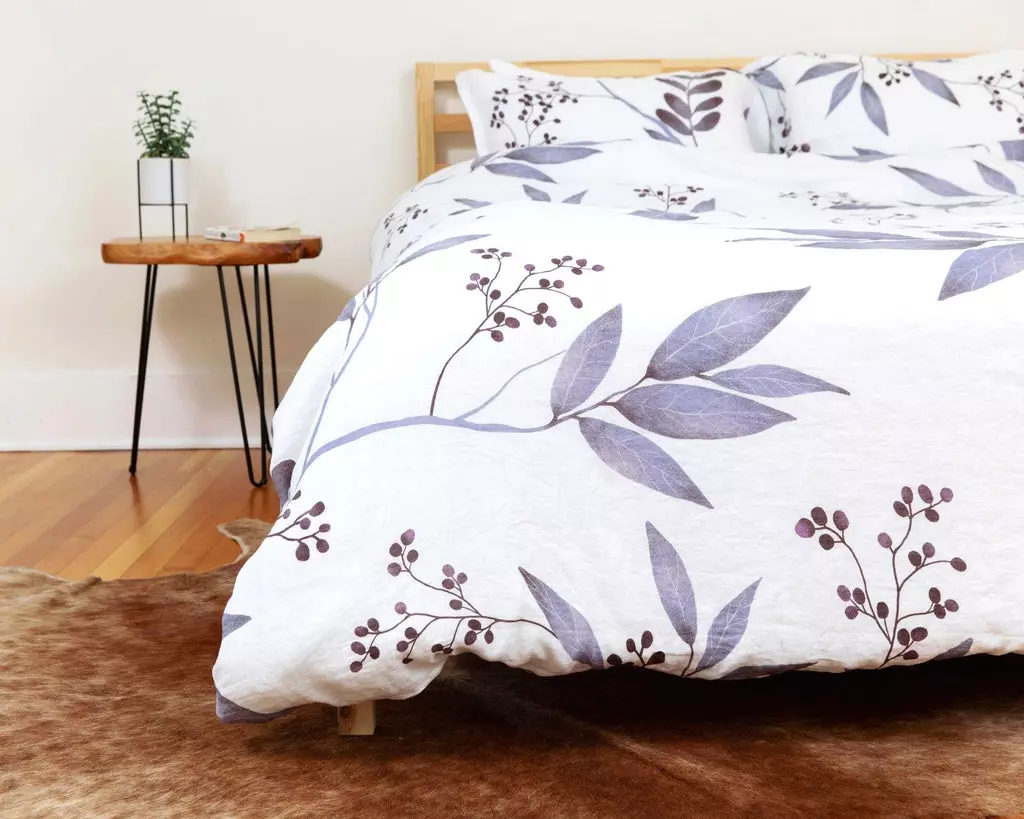Finding What Works for You, and Letting Go of the Rest
At first glance, Scandinavian design and minimalism may seem synonymous. In the world of blogs and social media, the two have blended together, creating an almost ubiquitous image of the ideal, uncluttered interior—white walls, carefully chosen house plants, neutral knit blankets, and clear surfaces. However, it's important to note that while these two styles mix well, minimalism and Scandinavian design are not one and the same.
Minimalism, with its strive for space and simplicity, has a distinctively spiritual and philosophical undertone. On the other hand, Scandinavian design is founded on a history of practical, functional, and relaxing home-keeping, making it fundamentally pragmatic and leaving plenty of room to embrace the possessions you love.
In this article, we will delve into the key differences between Scandinavian design and minimalism, helping you better understand your design motivations. We will also explore some non-minimalist Scandinavian design elements that work for both minimalists and maximalists. Our goal is to help you create an interior that is authentic to you.
First, a Brief History of Scandinavian Design and Minimalism
Scandinavian design made its mark on the international scene in the early to mid-20th century. Drawing inspiration from the Bauhaus movement, Scandinavian design prioritized functionality and modernism, with the aim of democratizing design and making it accessible to ordinary people. The incorporation of Scandinavian values such as craftsmanship and "hygge" balanced the industrial and forward-thinking foundations of the style. With its emphasis on simplicity, clean lines, and bright spaces, Scandinavian design required minimal styling to keep it interesting.
 Stylish mid-century Scandinavian interior design
Stylish mid-century Scandinavian interior design
The term minimalism was first used to describe visual art in the post-World War II era. Minimalist artists sought to strip art down to its essential forms and structures, departing from traditional subjectivity and self-expression. Minimalist interior design gained popularity in the 1980s, heavily influenced by Japanese architecture and Zen philosophy. It embraced concepts like non-attachment, "ma" (space), and "wabi-sabi."
 Stark white minimalist living room with couch
Stark white minimalist living room with couch
In recent years, minimalism has become a lifestyle movement, particularly in the United States. Many have embraced minimalism as a way to find joy, peace, and purpose in response to tight budgets, fast-paced environments, and a desire for a more meaningful life.
Minimalism versus Scandinavian Design: Big-Picture Differences
1. The ideology vs. the practicality of space
Minimalism associates empty walls, white space, and a clear calendar with symbolic meaning. It represents openness, freedom, and a lack of burden from unnecessary things. Minimalism allows for clear vision unobstructed by distractions, creating space for something good to emerge. It aligns well with various disciplines and belief systems, including Christianity, Buddhism, yoga, meditation, and philosophies like Stoicism.
 Minimalist kitchen and dining area
Minimalist kitchen and dining area
Scandinavian design sees space as serving a more practical function. It aims to create lightness, lift moods, and prioritize functionality. Whether through neutral color schemes, clear paths, or clutter-free surfaces, space in Scandinavian design facilitates daily life, increases energy, and creates a relaxing environment to come home to.
2. The necessity vs. the function of simplicity
Minimalism often frames possessions as necessary evils, cautioning against excessive attachment and consumption. Minimalist design opts for simplicity that is almost unnoticeable, disappearing into the background. It is a reaction to the shame and suffocation that can come with over-consumption, offering a respite and a way to restore balance.
Scandinavian design, on the other hand, embraces simplicity for different reasons. It centers around ordinary life, affordability, and finding pleasure in the small things. The simplicity in Scandinavian design comes from practicality and a philosophy of democratized design, rather than being a counter-movement to over-consumption.
 Scandinavian Design Minimalist Kitchen Interior
Scandinavian Design Minimalist Kitchen Interior
Scandinavian Design Elements for All
If you're curious about Scandinavian design but the minimalist aesthetic doesn't appeal to you, there's no need to worry. Here are some foundational Scandinavian design elements that work regardless of your design preferences:
- Contrast: Utilize contrasts in your interiors to provide depth and interest. Combine hard and soft, light and dark, and old and new elements to create visual appeal.
- Multi-functional pieces: Opt for furniture that serves multiple purposes, especially if you have limited space. Look for modular options, under-the-bed storage, and furniture with extra drawers and shelves.
- Nature: Incorporate nature into your home by maximizing natural light, arranging furniture to promote outside views, and introducing plants and sculptural wood elements.
- Hygge: Create warmth and a sense of cozy togetherness in your space. Arrange furniture for casual socializing and prioritize comfort in your daily activities.
- Modern design: Experiment with geometric shapes, clean lines, or new takes on traditional pieces to achieve a modern Scandinavian look.
- Quality craftsmanship: Invest in high-quality pieces or find unique treasures at thrift stores. Focus on sturdy, genuine materials that stand the test of time.
- Strong color and prints: While Scandinavian interiors often feature neutral colors, don't be afraid to incorporate bold hues or vibrant prints for a unique touch.
 Modern Scandinavian living room with sofa and elegant blanket
Modern Scandinavian living room with sofa and elegant blanket
In the End, It's About What Works for You
As you can see, Scandinavian design is much more accessible than minimalism. Its practical foundation allows for personalization and suits individual preferences. With a wide range of design elements to choose from, Scandinavian design can bring joy to your home, regardless of your stance on material possessions.
At The Modern Dane, we cater to both minimalists and Scandinavian design enthusiasts. Our bedding products are made to last, using high-quality materials that allow you to own less. Our simple and elegant designs draw inspiration from nature while complementing your space without overwhelming it.
Shop our collection of organic linen duvet covers made from 100% European flax.


















